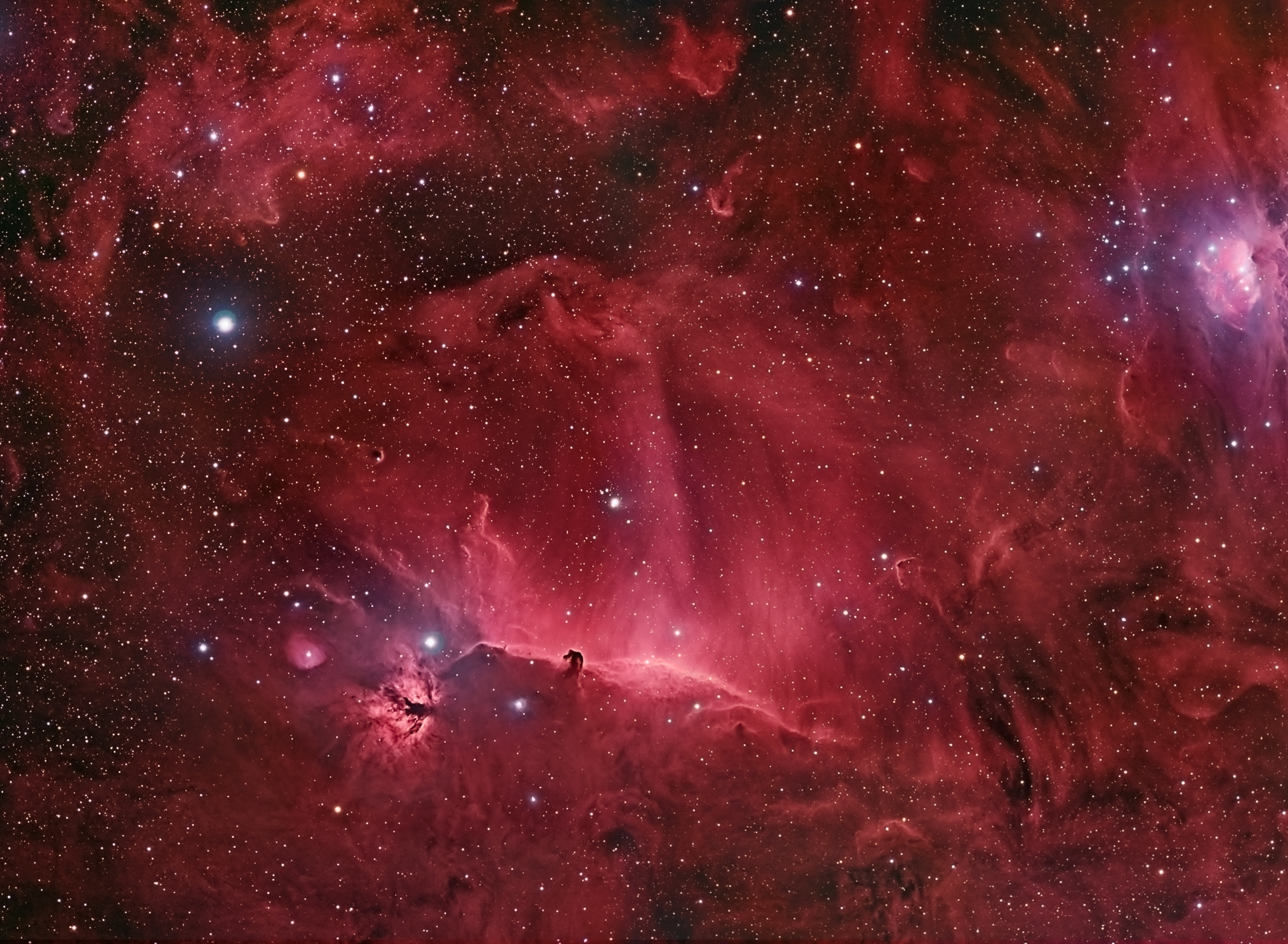I am often asked "can you really see any stars in the big city?" Living in San Francisco, this is a reasonable question, since we have a great deal of light pollution in our region, and the sky is often glowing, seemingly obliterating all but the brightest of celestial objects.
 |
| Night Sky in an Urban Setting |
My answer is always "of course you can see stars and constellations in the City," but it takes some discipline to make the most of urban star gazing. Here are a few factors to consider. First and easiest, you need to give yourself some time for your eyes to adapt to the darkness outside, since most urban dwellers live in well-lit environments, and need to allow enough time for their eyes to adapt before they can see anything. Spending 10 minutes in darkness should be plenty to get things going.
Second and somewhat more challenging, you can see a lot more in a city setting if you view the sky from a dark spot. I don't mean that you have to drive out of town to see stars, but rather you simply need to find a dark spot, the darkest one you can find where you live or a short walk from where you live. For example, in my backyard in San Francisco, there are spots where I can sit or lie to see stars where the light of nearby streetlights illuminates the space, and other spots where I am in the 'shade' of the streetlights. That will make a big difference, since my eyes will respond better to the faint stars above me if I am in the darkest possible spot in my backyard.
Third, you need the local weather conditions to help you out. Lower humidity is good for stargazing, since moisture in the air picks up and reflects light from urban areas, making the sky 'glow' which diminishes the view through the atmosphere out to the heavens above. Similar to humidity, there are other factors that make the night sky more or less transparent. I recommend to use the
Clear Sky Chart as a guide to direct you when the skies are going to be optimal for stargazing, whether you do so from the City or the suburbs or the country. There is also an iPhone app for the Clear Sky Chart.
Finally, some kind of optics helps, even in bright city settings. A simple pair of binoculars or a telescope will reveal much more of the sky, even when there is light pollution. Very faint objects will be invisible, but many objects that are not visible to the naked eye will still be present with magnification and good quality optics.
Most important are cloud-free skies, and the patience and commitment to enjoy the night sky.








 As we move into August, we can witness the gradual change in the night sky from one evening to the next as planets near and far align and move among the backdrop of stars in the heavens. In particular, Mars is moving quickly in its path around the Sun, and as it does so in early August, it will move just between a pair of bright objects, the star Spica and the planet Saturn. The diagram illustrates the position at the end of July, and the spacing between Mars and the pair will close as we move into August. This is a superb opportunity to witness the motions in our Solar System as we on Earth move around the Sun (making the trio of planets and stars appear lower in the sky each night), and Mars moves eastward with respect to Saturn.
As we move into August, we can witness the gradual change in the night sky from one evening to the next as planets near and far align and move among the backdrop of stars in the heavens. In particular, Mars is moving quickly in its path around the Sun, and as it does so in early August, it will move just between a pair of bright objects, the star Spica and the planet Saturn. The diagram illustrates the position at the end of July, and the spacing between Mars and the pair will close as we move into August. This is a superb opportunity to witness the motions in our Solar System as we on Earth move around the Sun (making the trio of planets and stars appear lower in the sky each night), and Mars moves eastward with respect to Saturn.
